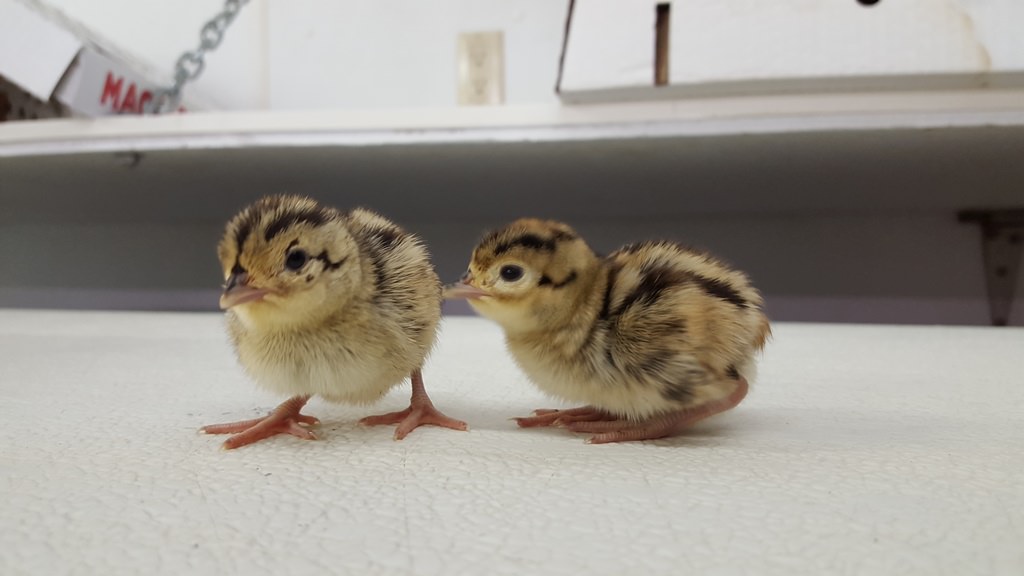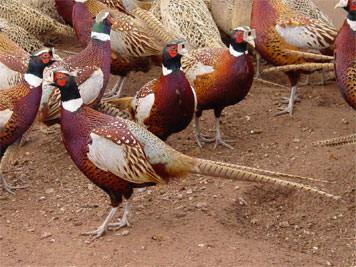Coming to America: The Pheasant’s History in the United States
It wasn’t the first time. It wasn’t the second. It took a bunch of times for pheasants, which come from Asia, to get situated in their new home of the United States. The Ringnecked Pheasant (also called the Ring-neck Pheasant), is the toughest of its relatives, and it finally caught hold of a new country and the local outdoorsmen and women. Today it has become one of the most popular sporting birds in U.S.
The earliest known introduction of the pheasant to the U.S. was in 1733, when the Old English Blackneck Pheasant was dropped in New York and New Hampshire by each states’ governors. These were weak birds, and they died quickly before ever really taking root. Other pheasant varieties also had their place in American history, including what many historians suspect was a pair of Golden Pheasants. You know who kept them? None other than the young country’s first president, General George Washington, at his Mount Vernon home in Fairfax County, Va.
But the first real introduction of the Ringneck Pheasant you should pay attention to was on March 13, 1881. At the suggestion of his wife, Owen Nickerson Denny (1838-1900), an Oregon native and the former United States consul general to Shanghai, China, shipped 60 Chinese Ringneck Pheasants from China to Port Townsend, Washington, along with a number of other Chinese birds and plants.
Why pheasants? Well, he liked the taste.
The trip across the ocean was a success, with the majority of birds surviving, but the next trip, from Washington to his home state of Oregon, was over the terrible roads of the time. Most of the pheasants died in transport, and the few survivors were released on the lower Columbia River, where historians still argue whether they survived and reproduced, or just went the way of the Old English Blackneck. However, Denny released more birds in 1882 and 1884, and that helped the Ring-necked Pheasants flourish in Oregon’s Willamette Valley and then Oregon as a whole and into Washington. Today, the birds have been introduced in 40 of the 50 states, with self-sustaining populations in Oklahoma, Missouri, North Dakota, South Dakota, Nebraska, Iowa, Kansas, California, Utah, Montana, Wyoming, and many others. South Dakota even named the Ring-necked Pheasant as its official state bird, one of only three introduced species to be chosen across the U.S.
Because of their tasty meat and thrill as a sport, many pheasant farms sprung up in the early part of the 20th century in the U.S. MacFarlane Pheasants was part of that movement. Grandfather Kenneth MacFarlane went to New York to attend a Game Rearing school. When he came back to Wisconsin, he ordered the first eggs from Gaybird Game Farm in England in 1928. The next year MacFarlane formed MacFarlane Pheasant Farm outside of Janesville, Wis., where it remains to this day. Our mission continues, providing the world with pheasants and pheasant chicks of the highest quality for good sport and good eating.
Find our chicks online at chicksquote.pheasant.com.
Related Posts
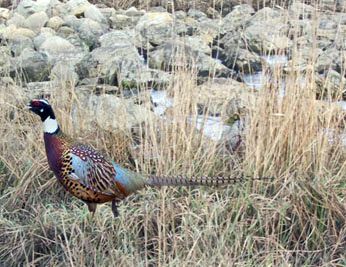
Back to the Past – Manchurian Project – Part 2
Read Post
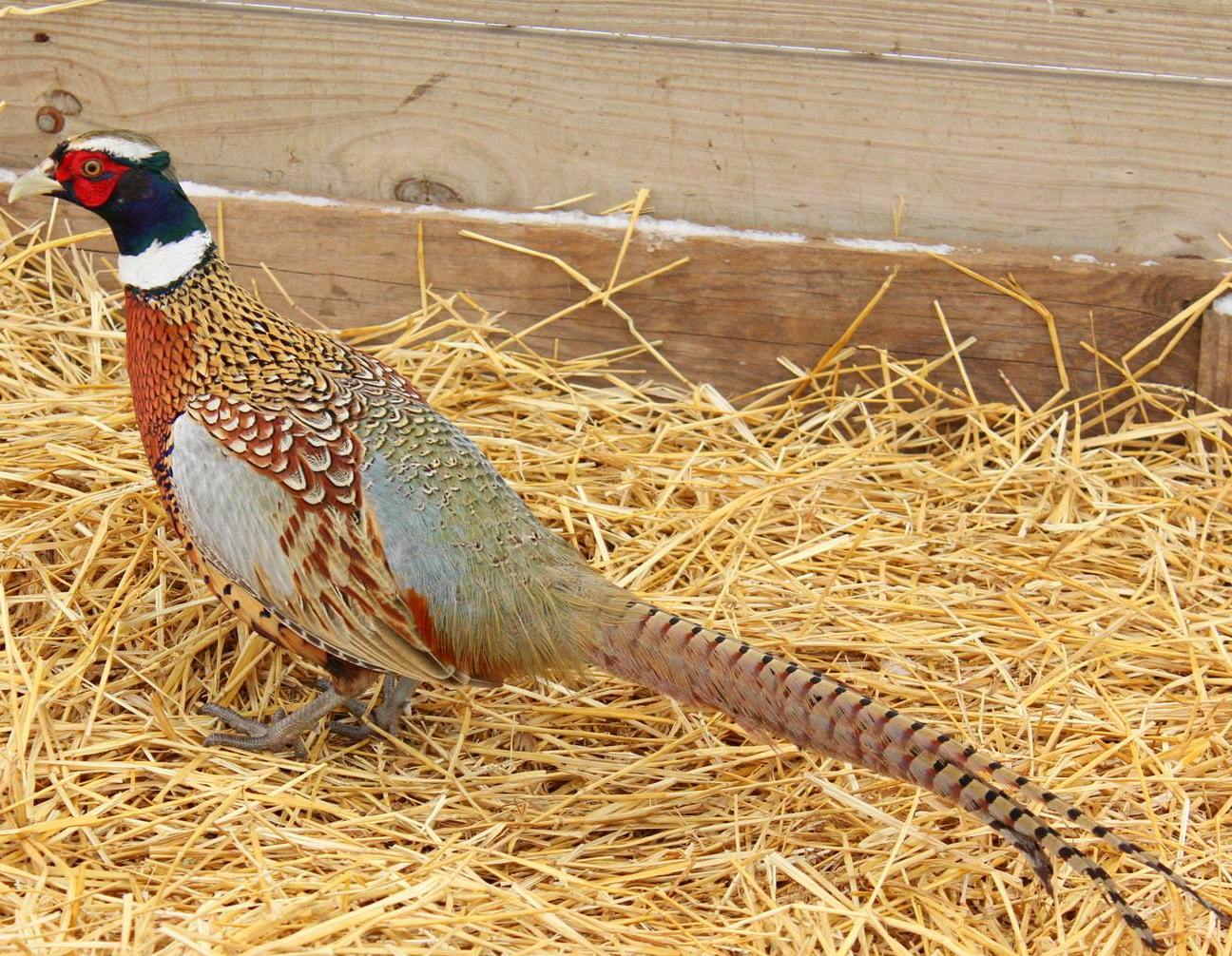
Breeding Pheasants with Beautiful Tails
Read Post
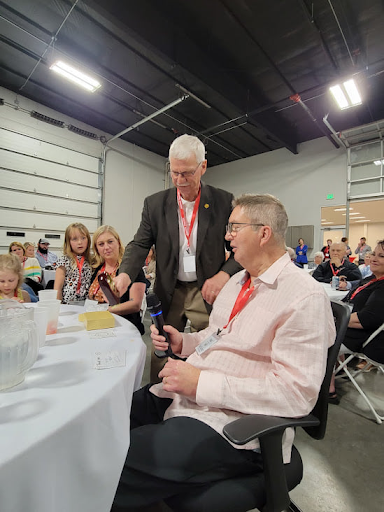
Celebrating Bill MacFarlane!
Read Post
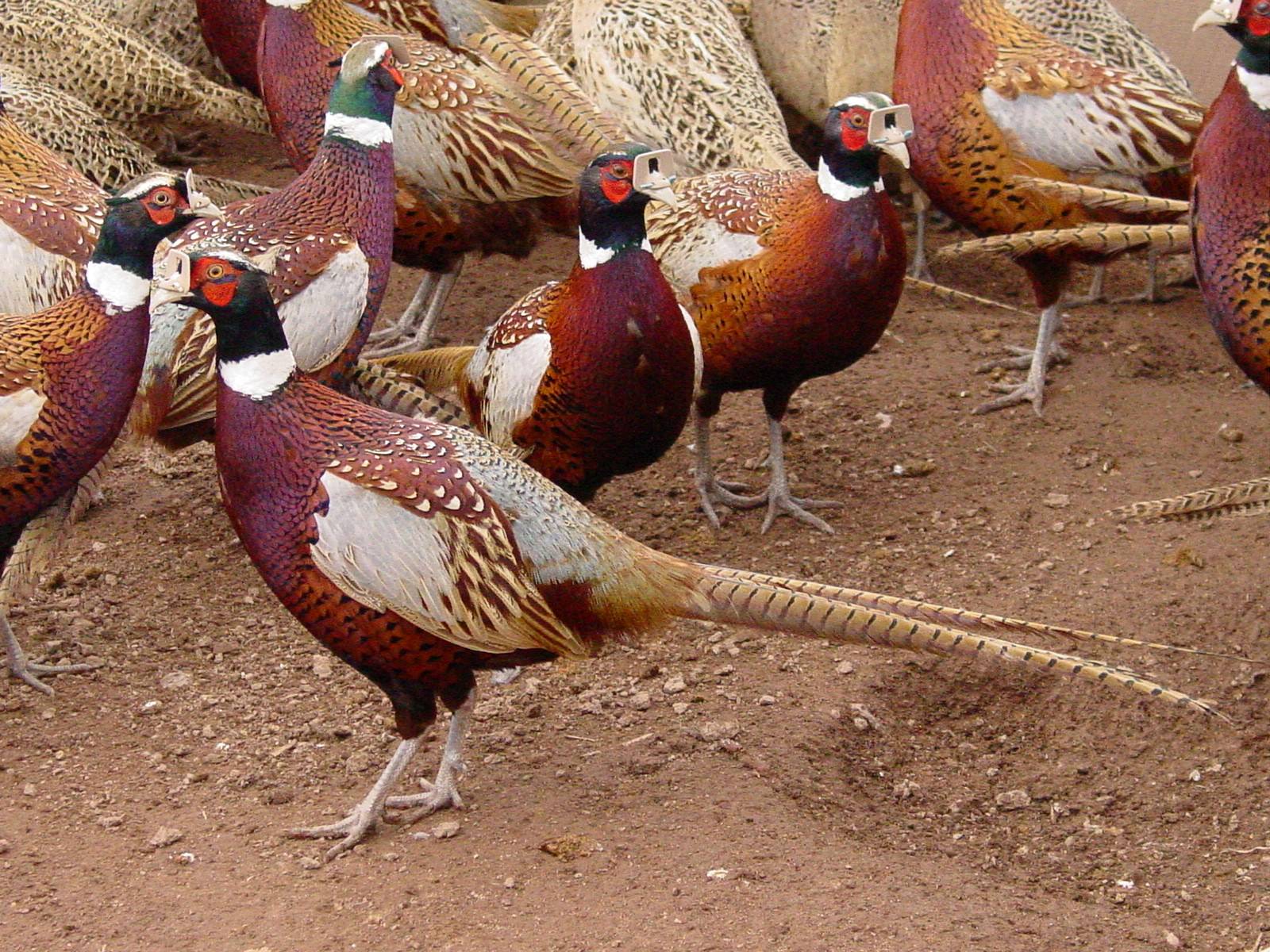
Choosing the Right Type of Game Bird
Read Post
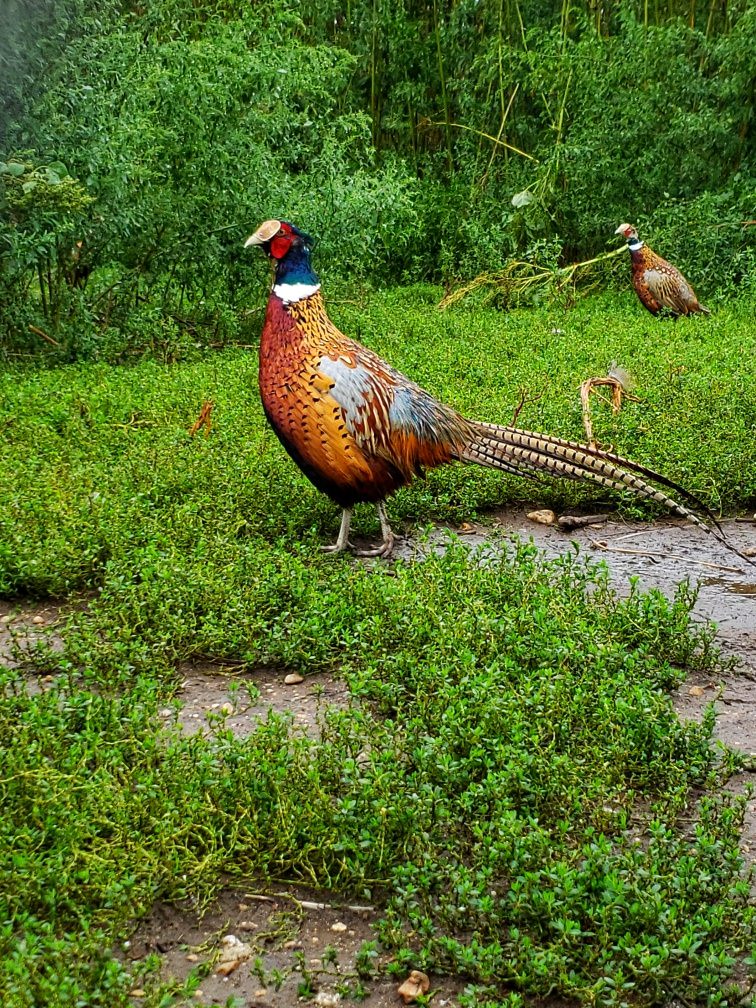
MacFarlane’s Ringneck Pheasant – Many choices among this popular bird.
Read Post
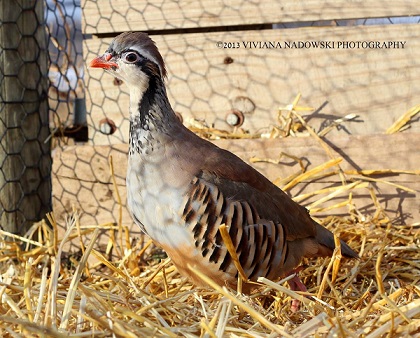
Popular Game Birds in 2016-2017
Read Post
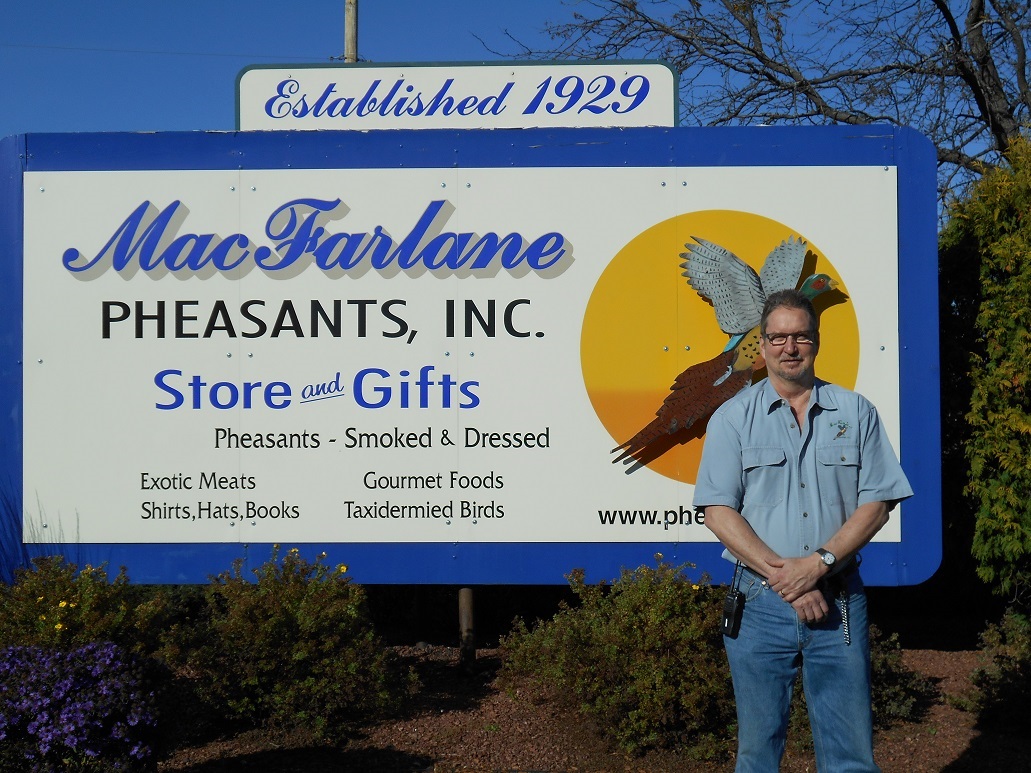
The History of MacFarlane Pheasants, Part 3: The Road Not Taken
Read Post

The History of MacFarlane Pheasants, Part 1: The Making of the Farm
Read Post
Take Advantage of These Free Resources
As the biggest game bird farm in the United States, we want to share our experience with you. Download our free resources below and get started.

